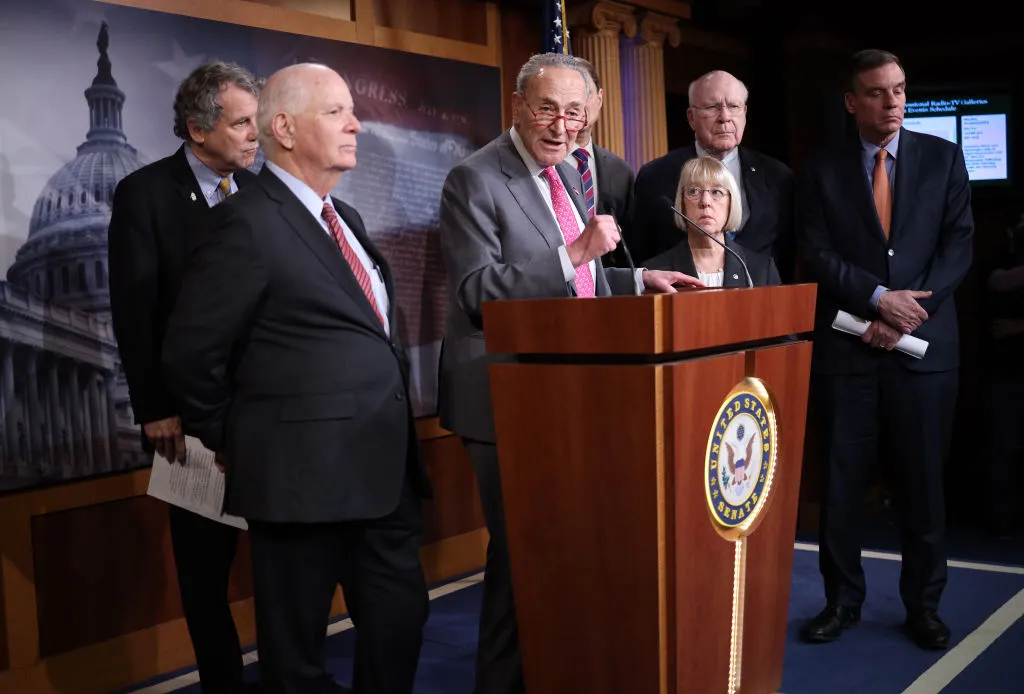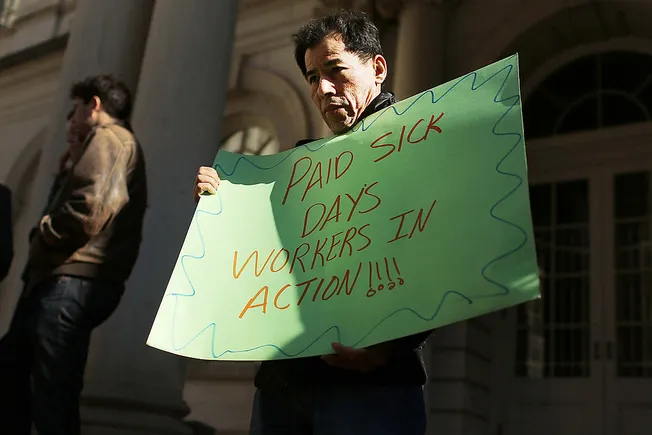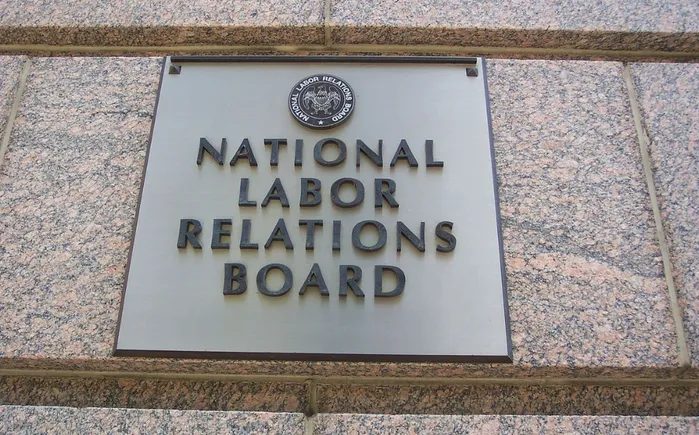A new white paper published Thursday by The Brookings Institution’s Hamilton Project proposes amending the Fair Labor Standards Act to allow U.S. workers to earn paid time off to be used for any purpose, including vacation, caregiving and health and medical needs.
Under the proposal, written by Betsey Stevenson, professor of public policy and economics at the University of Michigan, FLSA PTO would accrue at a rate of one hour per 50 hours worked in the first two years after the policy’s enactment, capped at 40 hours per year. After this two-year period, the rate of accrual would increase to one hour per 25 hours worked and the cap would increase to 80 hours per year.
Nontipped workers would be paid their full wages while tipped workers would be paid either their normal wage or the full applicable minimum wage including the tip credit, whichever is higher. Employers would be required to allow workers to use their earned PTO after they have accumulated at least four hours of leave, according to the proposal. That translates to roughly 200 hours of work in the first two years of the guaranteed PTO program.
This framework would allow all employees — whether part time, full time or seasonal — to participate, Stevenson wrote. Employees would be required to give their employers a minimum two weeks of notice “when an absence is forecastable by at least two weeks,” but employers would be prohibited from retaliating against employees who take earned time off or from requiring any documentation as to the purpose of the leave. Employees would be able to use their earned leave in increments of two-hour blocks or less.
Preemption and state, local law interaction
Similar to how the FLSA’s minimum wage protections preempt state minimum wage laws that set minimums lower than that of the FLSA, Stevenson’s federal PTO policy would “allow preemption of state leave policies that set a lower standard for paid time off while allowing that cities or state[s] may require more generous paid leave policies,” she wrote.
Betsey Stevenson, professor of public policy and economics at the University of Michigan
Permission granted by The Brookings Institution
If states already have earned paid leave laws in place, Stevenson said that leave accrued under such laws would count toward meeting the requirements of the federal PTO program as long as the state-provided leave satisfies two criteria:
- First, the rate of leave accumulation under the state program must be lower than, or equal to, the federal program.
- Second, if it is sick leave, the state-law leave must permit general use of the leave or allow for more generous employer policies to count toward meeting its paid sick leave requirement. Alternatively, state-level programs can meet this requirement if they do not require documentation to substantiate an employee’s reasons for taking the leave.
In an interview, Stevenson said that the patchwork of state and local leave laws is one of the biggest motivations behind the policy. At the beginning of 2024, an estimated 18 states and Washington, D.C., had paid sick leave laws, according to the National Conference of State Legislatures. But the lack of a federal baseline leaves many employees uncovered, raising inequality in the nation’s labor market and increasing the compliance burden for employers.
“The burden of a requirement is often in the administration of it, and the problem with things that are burdensome to administer, in my view, is that it’s wasteful,” she added. “That burden doesn’t benefit workers or their employers. It’s just administrative work that we have to do that takes away our time and energy from more productive things that we could be doing.”
Stevenson said the intent of the proposal is not to preempt any state-level paid family or medical leave laws, as those laws cover longer absence periods and are funded either by payroll taxes or insurance requirements.
The federal PTO proposal could nonetheless preempt most state paid sick leave laws because its accrual rate would ramp up to one hour per every 25 hours worked, which is more generous than many state laws currently on the books. “Most of the state laws become preempted as the law transitions to the post-two-year minimum rate,” Stevenson said, but this also means states would have two years to implement more generous PTO policies, if desired.
A national need for PTO
Prior research has shown that expanding PTO may have several benefits for employees and employers. A 2022 study published in the American Journal of Preventive Medicine, for example, found that paid leave could reduce mortality rates.
Stevenson’s proposal cited research showing that PTO reduces presenteeism, or the act of showing up to work while sick or injured, and can increase productivity, labor force participation and job satisfaction. Stevenson also said that, as U.S. workers live and work longer, having access to guaranteed PTO might allow them to effectively perform their roles over time.
“We’re a lot richer than we were 100 years ago, and some of that wealth needs to be used to ensure we can actually go the distance of our full career,” she added. “The way to facilitate long and productive working lives is to ensure that people are taking care of their mental and physical rejuvenation.”

Senator Chuck Schumer, D-N.Y., joins several senators during a press conference advocating for paid sick leave during the coronavirus outbreak on March 11, 2020, in Washington, D.C.
Win McNamee via Getty Images
Next steps
Stevenson said the proposal has been discussed with legislators but did not name any when asked about the subject by HR Dive. Instead, she said employers should understand that because a large percentage of U.S. workers are covered by laws that guarantee some form of PTO at the state and local levels, the current patchwork is not sustainable.
“We have to get employers to recognize that what they are choosing between is the ongoing patchwork and a sweeping federal law,” Stevenson said. “I think that there is and should be a lot of space for bipartisan conversation that brings employers, workers, organizations and progressives together to say there is a better way to ensure that we’re meeting the minimum standards of what it should mean to be a worker in the highest-growth country in the world.”
In the last 20 years, two bills in the House of Representatives have proposed a federal PTO guarantee but neither have advanced. The Paid Vacation Act of 2009 would have amended the FLSA to allow up to one workweek per year of paid vacation for employees at employers with 50 or more employees and two workweeks per year for all employees at employers with 100 or more employees.
In March, Rep. Seth Magaziner, D-R.I., introduced the Protected Time Off Act, which would have permitted employees to earn one hour of leave for every 25 hours worked, capped at 80 hours per year. Unlike Stevenson’s proposal, however, the PTO Act does not have a state-law preemption component.
“This is a matter of fairness and respect in the workplace,” Magaziner said in a July press release promoting the PTO Act. “No one works harder than American workers, and they have earned a break.”
Stevenson’s proposal noted that guaranteed PTO would come with its share of costs, including costs incurred by employers to keep records, deal with the disruptions caused by employees taking leave and pay employees leave. But she said that some of these costs may be offset by provisions such as the prohibition against employers requiring documentation for leave, which she said would make the law easier to administer than more robust programs that require employees to provide medical paperwork or similar documentation.
Meanwhile, the law’s requirement that employees provide at least two weeks of notice before taking PTO — when possible — is intended to help employers plan in advance of any workforce disruptions caused by taking PTO.
“The idea is, how do we create a culture that respects PTO? And you can’t even begin to do that unless we have a federal requirement for PTO,” Stevenson said.






Leave a Reply